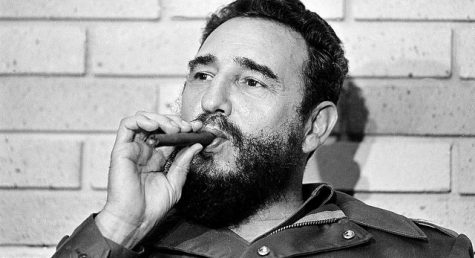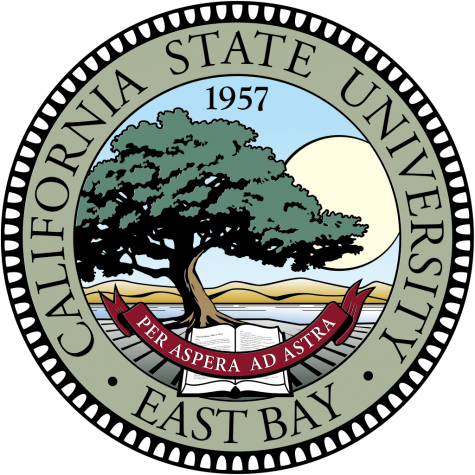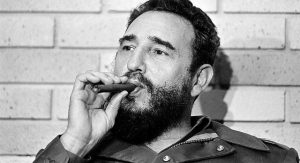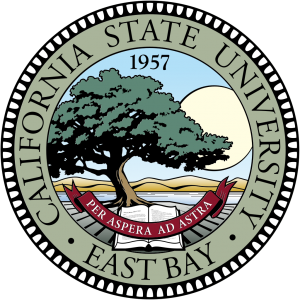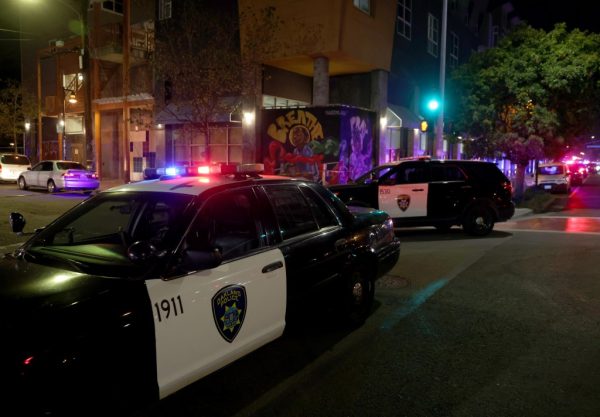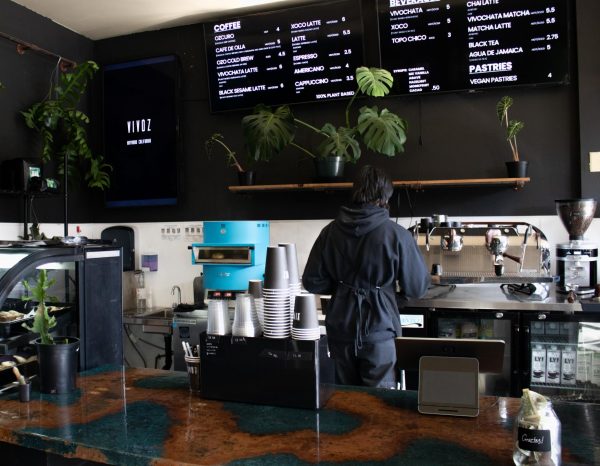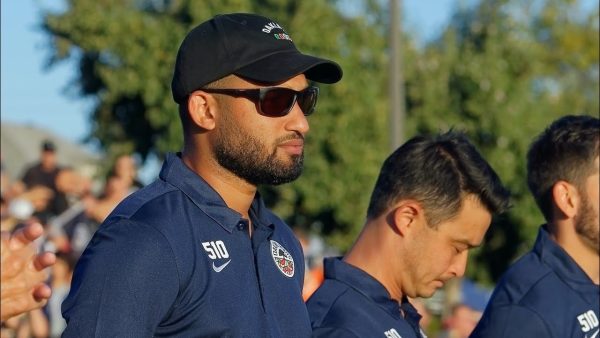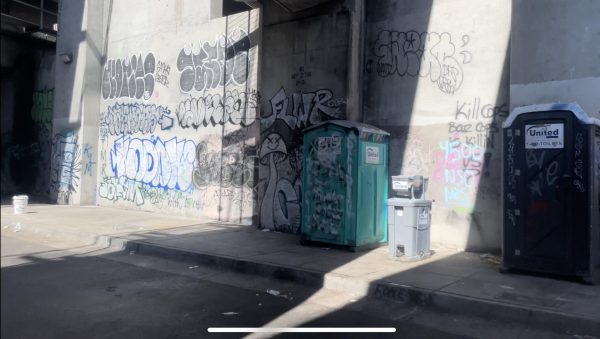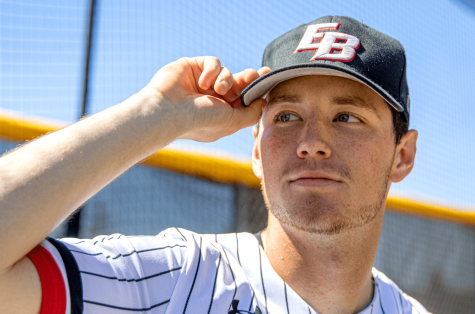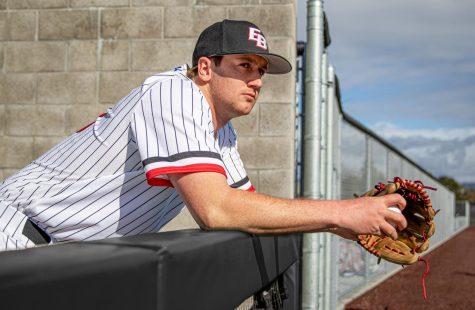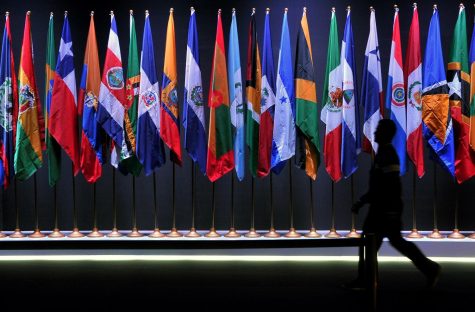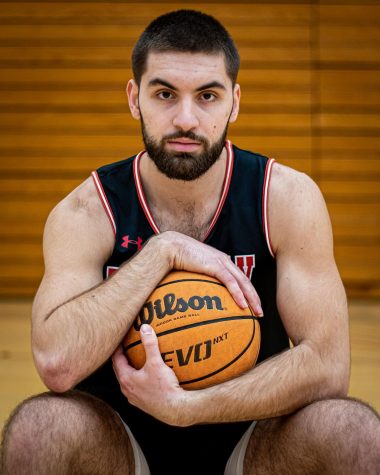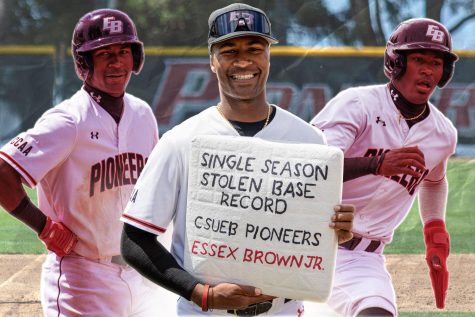America: Home of the mass shootings

2015 redesigned Pioneer logo.
December 8, 2017
Lately in America, it appears as if there is another mass shooting taking place in cities and towns across the nation. There are currently more than 360 million guns per capita in the United States. According to CNN, the United States accounts for the most mass shooters in the world with 31 percent. People in America are more likely to die from a gun-related death than a terrorist attack.
“The United States has became infamous for mass shootings but the problem is identifying at what point that they could have be prevented,” said Amanda Matravers, associate professor of criminal justice at California State University, East Bay.
Most of the mass shootings in America have seen the shooters planning for months on end to attack. They will often stockpile weapons and ammunition that was legally purchased from online gun websites or stores. Their demeanor also begins to change as the shooters become more withdrawn from daily life. The day that they attack is met with surprise as people blame themselves for not noticing something different about the shooter and hoping that the next mass shooting won’t happen to them.
On April 20, 1999, right before the start of the first lunch, Harris and Klebold re-entered their school after planting pipe bombs in the cafeteria that morning. The goal was that the bombs would go off when everyone was eating lunch, potentially killing 600 people. For a year, both boys planned and gathered the supplies that were needed to execute their plan. After the pipe bombs failed to go off, Harris and Klebold resorted to shooting students in what became back then the largest mass shooting at a school.
After Columbine, Congress tried to act on gun control by holding debates on the issue. But the legislation never cleared the House of Representatives because the chambers could not come to an agreement.
Unfortunately due to inaction in Congress, Americans found themselves searching for answers again in 2007 when Seung-Hi Cho opened fire at Virginia Tech University, killing 32 people and injuring 18. On April 13, 2007, Cho began his rampage in West Ambler Johnston Hall after being let in by a student. He then continued his shooting spree in Norris Hall, where he killed 28 students before committing suicide.
According to USA Today, the Virginia Tech shootings led universities to implement campus-wide emergency notifications Nine months after the shooting, President George W. Bush signed the Improvement Amendments Act. Through this act, states were required to report mental health data on gun buyers to a federal database.
Moviegoers in Aurora, Colorado saw that even going to the movies wasn’t safe anymore. In 2012, people packed a Century 16 movie theater for the midnight showing of “The Dark Knight Rises.” In order to gain access to his targets, James Holmes had bought a ticket to the premiere but left before the film started after opening the emergency exit doors so he could re-enter the building. Twelve people were killed. Fifty-eight were wounded. Holmes was sentenced to life in prison without the possibility of parole in 2015.
Five months after the movie theater shooting, innocent students were murdered at Sandy Hook, a week and a half before Christmas. On the morning of Dec. 14, Adam Lanza shot dead his mom, Nancy Lanza and took her car to his old elementary school, Sandy Hook. Once he arrived at the school, Lanza shot his way through a security system that required visitors to be buzzed in. He eventually killed himself inside of a classroom after taking the lives of 28 people. The Sandy Hook massacre became known as the second deadliest mass shooting to happen at a school after Virginia Tech.
“If people feel that their gun rights are being threatened or feel that the government will change their access to guns, people will run out and buy a gun. After Sandy Hook, people thought it was horrific, but most felt that the government was going to start cracking down on guns and rushed out to purchase one while they still could,” said Professor Matravers of Cal State East Bay.
It never crossed people’s minds that a church proved just as vulnerable for a mass shooting to take place. On June 17, 2015, Dylann Roof entered Emanuel AME Church in Charleston , South Carolina around 9 p.m, where he killed nine people including the pastor.
Five and half months later, the United States saw another mass shooting in San Bernardino by a radicalized, married couple. Syed Rizwan Farook and his wife Tashfeen Malik entered his workplace at Inland Regional Center during the annual holiday party and opened fire, leaving 14 people and wounding 17.
By now Americans were accustomed to the potential of a mass shooting happening anywhere. It didn’t lessen the burden when it hit close to home for the LGBT community in Orlando, Florida. Around 2 a.m. on June 11, Omar Matten, a 29-year-old opened fire on nightclub goers at Pulse, a popular gay club. When police gained access to the building, they found 49 people dead and more than 50 injured.
As the thought that a mass shooting could take place anywhere, it hit home at the Route 91 music festival in Las Vegas, Nevada. According to Billboard magazine, Stephen Paddock set up a sniper’s nest after he broke two of the windows in his hotel room. From there, he opened fire on the crowd, who at first thought it was fireworks. In the end, fifty eight people were killed, more than five hundred were injured. When police officials gained access to his room, they found him dead.
A month after the largest mass shooting in Las Vegas, Devin Patrick Kelley opened fire on church members during Sunday service in Sutherland Springs, Texas. When he entered the building, Kelly was armed with an assault rifle and started to fire, killing 26 people.
After the Sutherland Springs Church Shooting, President Trump hasn’t offered any resolution and has only placed blame on the mental health of the shooters.




